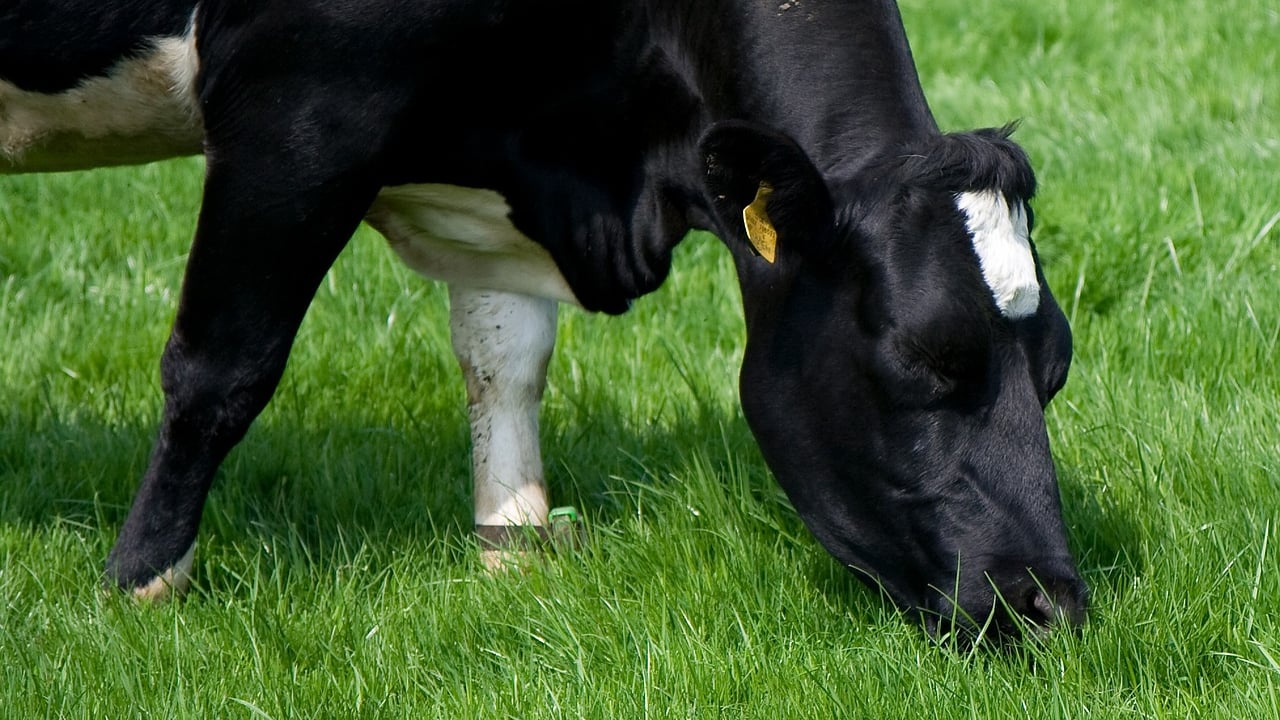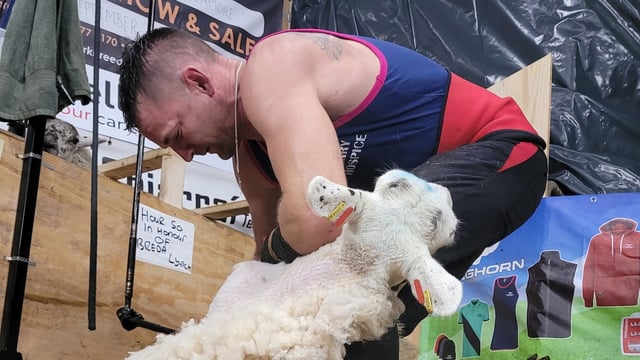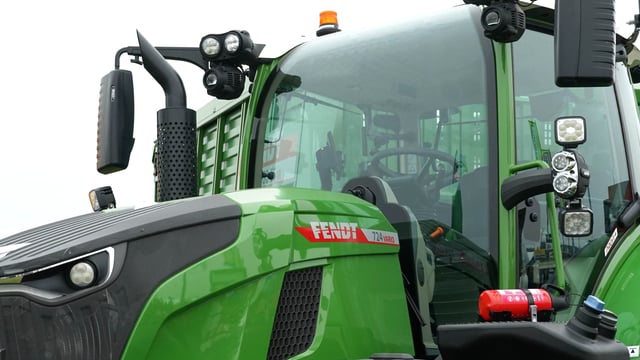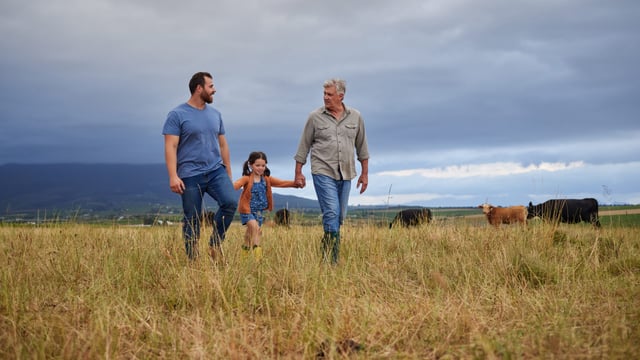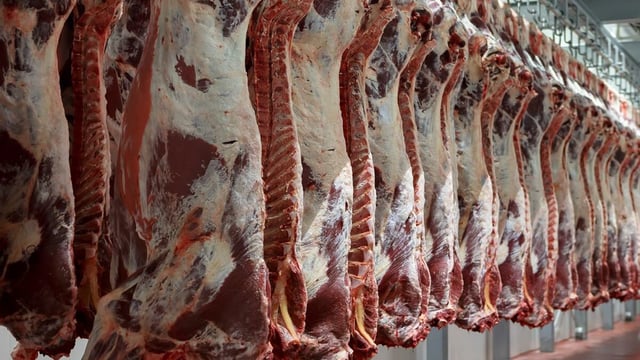Grass tetany can become an issue into the autumn months
Grass tetany (hypomagnesaemia) can become an issue in beef and dairy cows in the autumn time and so preventative measures should be put in place now.
Grass tetany is an acute magnesium deficiency in the blood of lactating cows, which is potentially fatal if it not treated promptly.
The severe magnesium deficiency is a rapidly fatal condition in beef and dairy cows, and sometimes the only sign of grass tetany is when the animal is found dead in the field.
Cows have a poor capability to store magnesium in the body and must ingest sufficient magnesium on a daily basis to prevent a deficiency and subsequent disease.
Magnesium is crucial for the nerves and muscles to function properly and if levels comes under pressure, it will quickly affect the movement and temperature of the animal.
Early signs of grass tetany will be the animals becoming excitable, nervous, and unsteady on their feet, which can quickly evolve to cows being unable to stay up and falling over, with heart failure and death quickly resulting.
Grass tetany
In the case of dairy cows, it mainly occurs when they graze lush grass in the spring and autumn.
This grass is frequently low in magnesium due to quick growth and heavy slurry spreading, which is high in potassium and will lock up magnesium uptake.
Heavy nitrogen applications can cause issues as well, as it can result in a rapid passage of forage through the gut and increased ruminal pH, both of which further decrease magnesium absorption.
Low dietary sodium will also block magnesium uptake from the intestine. A cheap way to rectify this issue is the introduction of salt rocks.
Grass tetany often arises from poor feed intake, cold and wet weather, stress, changes in the diet, and when cattle are getting transported.
Treatment and prevention
Treatment of tetany would involve the administration of magnesium sulphate being carried out as soon as possible.
Ideally, the best treatment is the immediate administration of magnesium sulphate intravenously, usually combined with calcium to prevent concurrent hypocalcaemia (milk fever).
However, as we all know, prevention is better than cure, and it is also a cheaper way of limiting the number of tetany cases on your farm.
Farmers should try and avoid high-risk pastures to limit access to lush, rapidly growing pastures - particularly in early spring. Cows should be gradually introduced to grass to allow their metabolism to adjust.
A magnesium-treated nut should be supplemented daily, as animals cannot store magnesium in the body, and a constant supply is critical during the shoulders of the grazing season, when risk is high.
The supplementation of magnesium blocks/licks out in the field or in the shed to ensure adequate levels of magnesium, calcium and other essential minerals is also important.
Another effective way of ensuring cows are receiving their nutrients is to supplement magnesium compounds in the drinking supply.
In addition, supplementing hay or well-wilted silage will slow down the digestion process of the animal and allow for better absorption of magnesium in the diet.
The regular liming of grazing land to maintain the correct soil pH will improve magnesium uptake.
During September/October grazing, the risk really ramps up, and so pasture dusting with calcined magnesite can be carried out every second or third day.
It is best to implement a couple of these measures to reduce the risk, especially during the September/October period when risk is at its highest.

